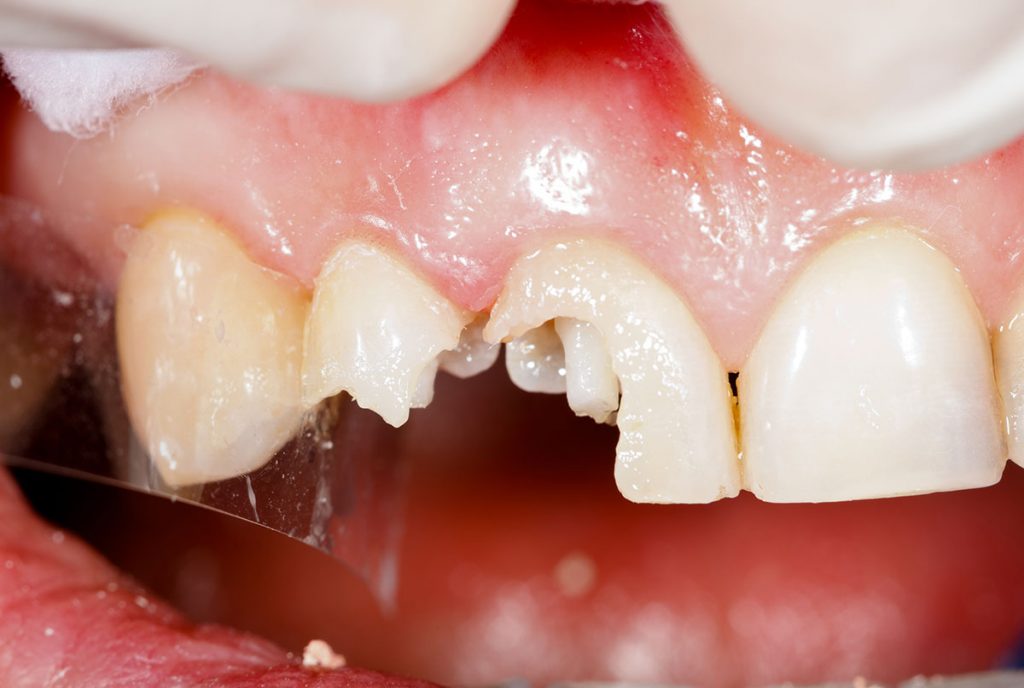Most of the people experience tooth extraction in their life. Whether it’s a baby’s milk tooth or wisdom teeth near adulthood, it’s a ubiquitous dental procedure that many people experience. Tooth extraction is an invasive way of treating severe dental issues.
Why are Extractions Necessary?
Removal of the tooth becomes essential if your tooth is damaged, decays, or if you’ve severe gum disease. Also, if baby teeth don’t fall out on time, allow the permanent teeth to come in, extraction is inevitable.
Typical Reasons for Tooth Extraction
Here, are few reasons for tooth extraction
- Irreparable tooth decay or infection.
- Bone loss around the tooth.
- Dental trauma
- Fracture of a tooth or tooth root.
- An impacted wisdom tooth.
- Dental Crowding
Types of Extractions
There are simple tooth extractions and surgical tooth extractions. A dentist performs a simple extraction using an instrument to loosen the tooth. After that, the dentist will use a tool to pull the tooth.
The dental surgeon will make an incision into the connective tissue to perform a surgical extraction. It will allow the dentist to break the tooth in half or remove the bone around the tooth to extract it.
If you have periodontal disease, the bone will damage and cause the loosening of the tooth. It may allow extracting the tooth itself. If your tooth is infected, this infection can spread to other parts of the gums and teeth. This may cause severe health issues.
Situations for Extraction of Wisdom’s Teeth
- When space on the dental arch is insufficient to allow all teeth to grow normally. In this case, extraction allows other teeth to remain well-aligned)
- When wisdom teeth are semi-embedded (as they are difficult to access, it is almost impossible to clean them properly, bacteria and food debris can cause various problems)
- When the teeth grow horizontally (this may cause resorption of 2nd molars or other damage to them)
- When the wisdom teeth are painful.
Steps of Tooth Extraction
Local anesthesia: The anesthesiologist will apply local anesthesia to numb the nerve of the tooth and surrounding area.
Syndesmotomy: This step involves the removal of all epithelial and connective tissue attachments from the tooth. To do this, the dentist uses a slightly sharp instrument: a syndesmotome.
Subluxation: The dental hygienist uses a dental elevator, which he positions between the alveolar bone and the tooth to make it move.
Dislocation and avulsion: Dentists use forceps to rotate the tooth back and forth to uproot it. He may also perform vertical traction to dislodge the tooth entirely.
Advantages of Dental Extractions
A dental extraction is a relatively simple procedure that has many benefits. You can protect your surrounding teeth by extracting a damaged or decayed tooth. You can also improve your quality of life by removing a bad tooth. Dental extraction will allow you to talk and eat comfortably. Besides, you can improve your overall oral health by making you extract a bad tooth. It not only helps in tooth crowding issues but also prevents the spread of infection.
Do you’ve a tooth that needs to be extracted? Don’t wait because it can cause more trouble and anxiety in the future.
Trust Our Team for The Extraction of Your Tooth!
You must have one or more wisdom teeth removed, and this makes you a little anxious? Do you need tooth extraction in San Diego? At the Orange Family Dental, we take care to make every effort to make your experience as pleasant as possible. Courtesy, respect, and empathy are our mottos: contact us today to make an appointment for a consultation!
 Bloggers Trend Keeping You Up To Date
Bloggers Trend Keeping You Up To Date

